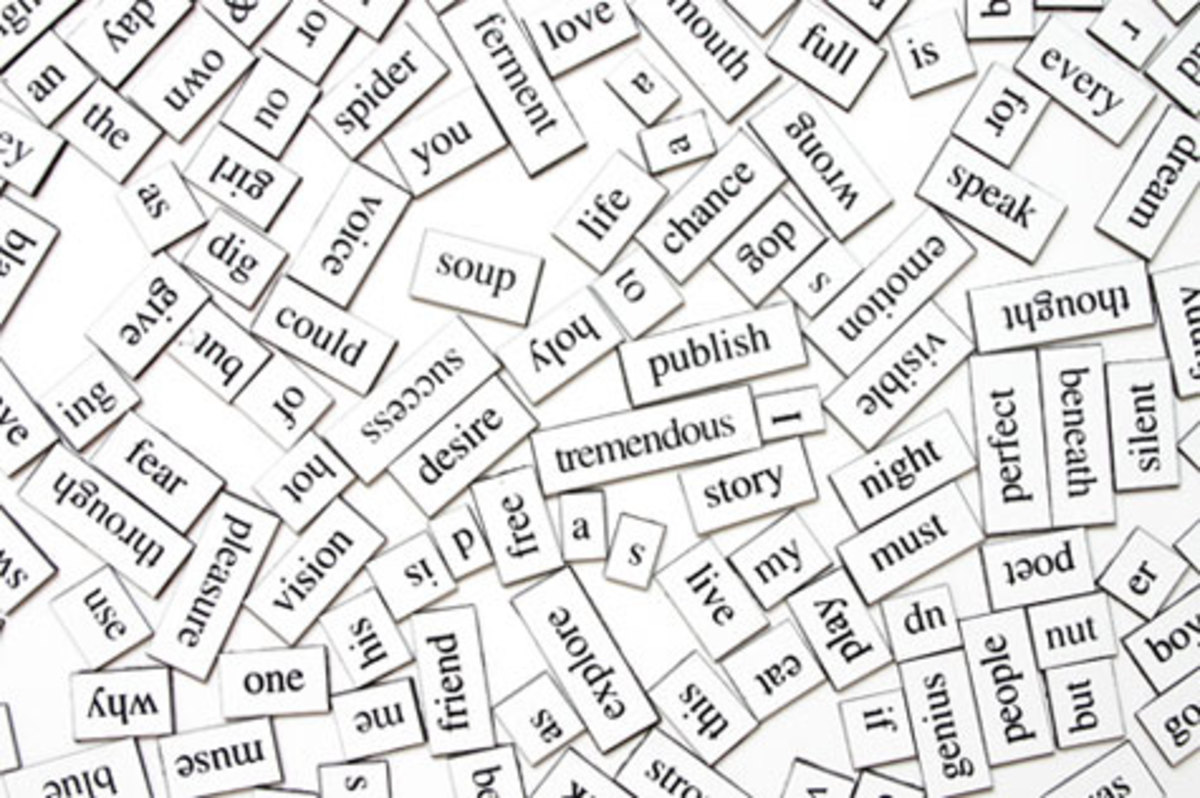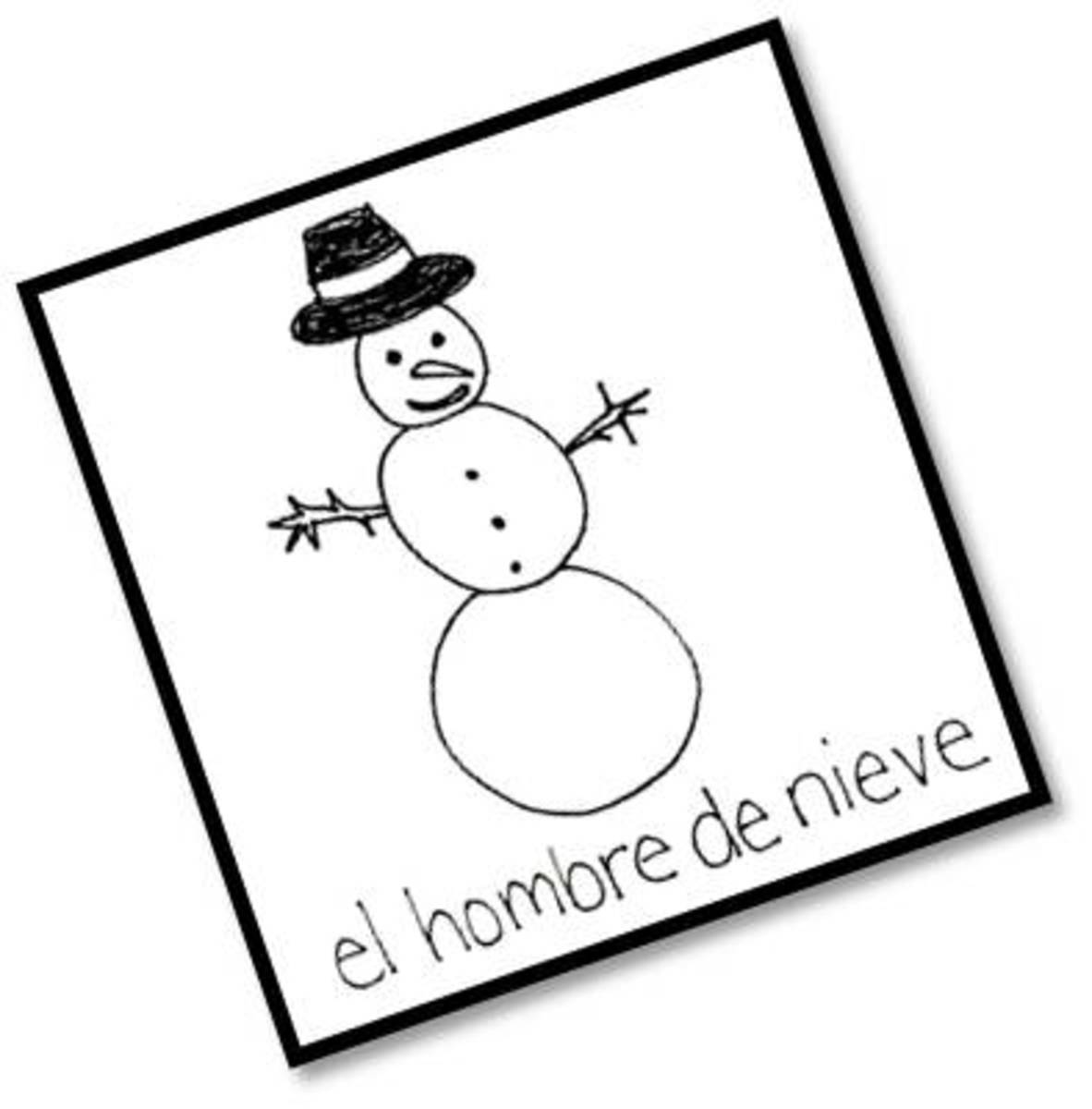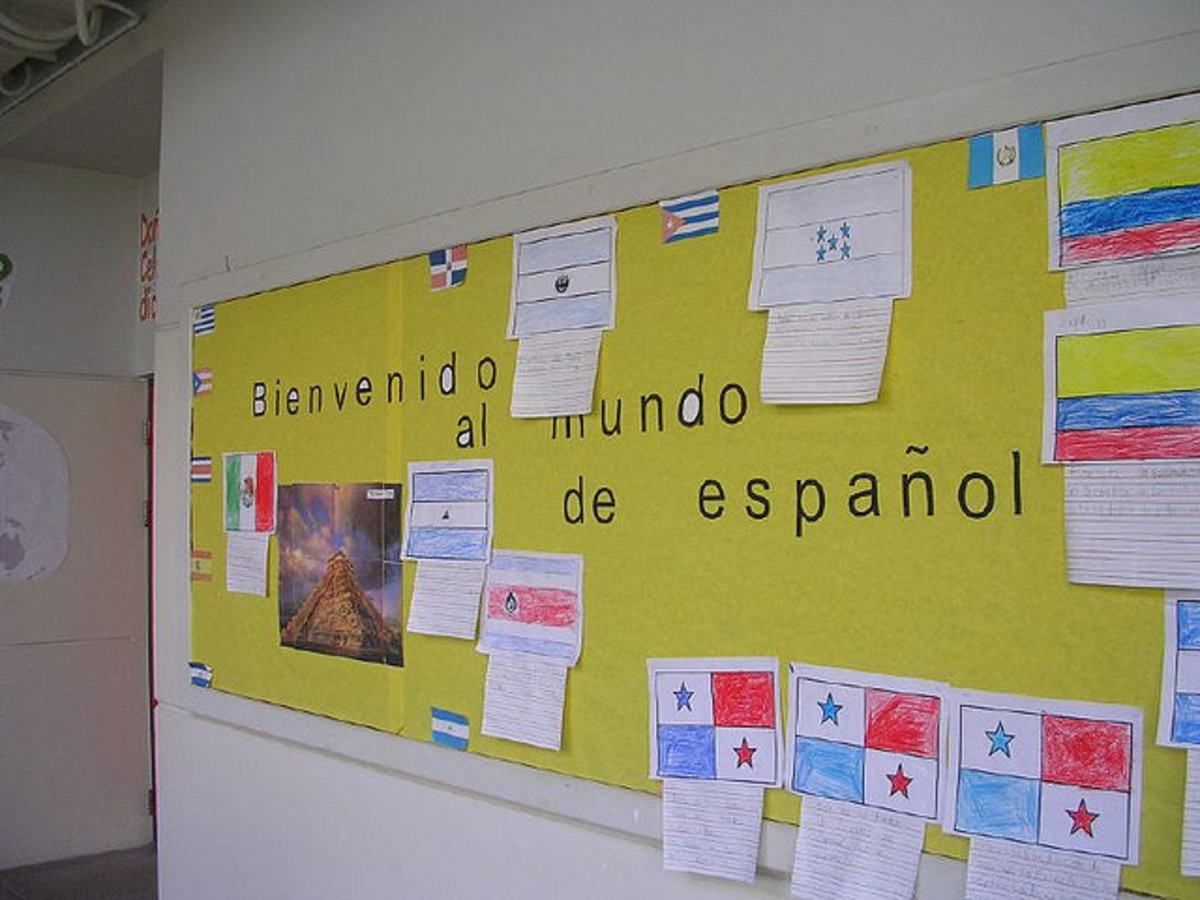Spanish Lesson Thirty-Five: The Present Subjunctive

¡Bueñas Tardes! Espero que estén bien. Good Afternoon! I hope that you all are (might be) well. Yeah... that's the Present Subjunctive! I'm going to teach you all how to use that mood in today's lesson. No, the Present Subjunctive isn't a tense in most cases, but I've read otherwise. So today we're going to learn about this mood and how it works in the Spanish lesson. Also, I do hope you all doing well and enjoying your Sundays. It's generally a day to relax and spend time with family however that may be be, i.e. church, family day, lunch, etc. So welcome back and come on in! Time to learn some more Spanish!
Last week I put up a Tense Review for you all and I hope it helped you understand the differences between the Present Indicative, Preterite, and Imperfect. There are only three more Simple Tenses to learn. Those include the El Futuro, El Potencial Simple (AKA as The Conditional), and Imperfecto de Subjuntive (The past tense of the Subjunctive). Those will all come in later lessons. I don't want to bog anyone down with tons of grammar. We'll continue with themes after this lesson and by lesson forty I hope to roll out the Future Tense. It's the easiest of the tenses I believe. Stick around for all that. now, let's check out today's vocabulary.
Today's Goals: To understand and learn the usage of the Present Subjunctive. To be able to use the Present Subjunctive in everyday Spanish language.

Today's Vocabulary
Thanks for stopping by. I'm glad that these lessons have meant a great deal to everyone. You can choose to read up on certain topics or follow along with me as I write them. It's your choice really. Today's vocabulary hodgepodge is normal since we don't have a theme. The adjectives and nouns are randomly picked by me and the verbs are selected right out of a Spanish verb book. I simply list them in alphabetical order. It's the easiest part for me. If you'll notice, the Reflexive Verb list has tarted over with the beginning of the alphabet. There are very few of those. So if you saw any of them before, hopefully you'll remember seeing them and their definition!
Today's Tips: Find an instruction CD or DVD on the Spanish language and practice its exercises. They're great practice
Verbs
To Execute/To Carry Out/To Perform: Ejecutar
To Exercise/To Practive (A Profession): Ejercer
To Elect/To Select/To Choose: Elegir
To Soak In or Up/To Suck In/To Imbibe: Embeber
To Begin/To Start: Empezar
To Employ/To Use: Emplear
To Incite/To Inflame/To /light/To Kindle: Encender
Reflexive Verbs
To Be Glad/To Rejoice/To Be Happy: Alegrarse
To Be (Get) High/To Get Tipsy/To Become Lively (From Liquor): Albumbrarse
To Take Power/To Take Possession: Apoderarse
To Hasten/To Hurry/To Rush: Apresurarse
To Take Advantage/To Avail Oneself: Aprovecharse
To Fret/To Grieve/To Worry: Apurarse
To Be Frightened/To Be Scared: Asustarse
Nouns
Fantasy: La Fantasía
Mystery: El Misterio
Crime: El Crimen
Thriller: El Thriller
Action: La Acción
Adventure: La Aventura
Erotica: La Erótica
Adjectives
Big: Grande
Little: Pequeño(a)
Wide: Ancho(a)
Narrow: Estrecho(a)
Deep: Profundo(a)

Warm-Up
The Warm-Up is back! Last week we didn't have one because I had so much to put in my lesson. This week we're back to practicing with our three question quiz. It's just good practice and it doesn't take much time. So go ahead and answer the questions before proceeding. These questions are based off of Lesson Five, so if you get lost, just go back and give it a second look! Enjoy!
Conjugation For The Present Subjunctive
Subject
| -Ar Ending
| -ER/-IR Ending
|
|---|---|---|
Yo
| -E
| -A
|
Tú
| -Es
| -As
|
Él/Ella/Usted
| -E
| -A
|
Nosotros
| -Emos
| -Amos
|
Ellos/Ellas/Ustedes
| -En
| -An
|
Using The Present Subjunctive
Ah! Here we are, the Present Subjuntive. It's one of those things that doesn't even exist in the English language. It's definitely highly used in the Spanish world to indicate mood or emotion when discussing things that include how someone feels or what doubts that have. The Present Subjunctive is a device used for a various set of reasons. Read the bullet list below before reading the examples. Use the Present Subjunctive to:
- Indicate doubt
- Indicate a mood or feeling
- Give advice
- To give demands
- When using impersonal expressions (See List Below)
- Express ideas or opinions
The Present Subjunctive can be a bit complicated to understand at times. You'll have to know several more instances in which to use it. Unfortunately I have not learned those myself. I can provide you phrases that require the use of the Present Subjunctive. In a later lesson we will discuss the differences between Present Indicative and Present Subjunctive. Note that they both occur in the present. Take a look at this example.
Dudo que puedas leer. I doubt you can read. Note that stem changes occur for stem changing verbs. We use the Yo form of the form and five it an opposite ending. There are irregulars and the chart below displays those.
Es malo que no visites tu abuela. It's bad that you don't visit your grandma. Note that each of these phrases has a "que" to connect the sentence. In these cases, "que" acts as a conjunction mean "that" much like Tener + Que or Hay + Que.
Es preferable que no luches con tu hermana. It's preferable that you don't fight with your sister. See the mood in the sentence? That's the whole reason for the Subjunctive. When seeing phrases like this that express an opinion, regret, doubt, or when advising someone, use the Subjunctive mood. The verb following the Impersonal Phrase will be conjugated into the Subjunctive.
Other Notes
The Present Subjunctive is a bit of strange thing for us who are fluent in the English language. We never contort our verbs to match the mood of the sentence. So this is always going to be a bit confusing for us, but it gets easier over time. All you have to do is just remember several phrases in which require the Subjunctive. Think of the yo form of that verb, add the opposite ending that you would normally put for the Present Indicative. Remember that words that are irregular and stem-change in the Present Indicative maintain that stem-change all around in the Present Subjunctive and Imperfect Subjunctive (This will come later). Also remember that reflexive verbs will still require the use of a Reflexive Pronoun to accompany it in the sentence. The following is a list of Impersonal Expressions that require the use of the Present Subjunctive.
- Es raro que: It's strange that...
- Es necesario que: It's necessary that...
- Dudar que: To doubt that...
- Es bueno que: It's good that...
- Es importante que: It's important that...
- Es mejor que: It's best that...
- Es peligroso que: It's dangerous that...
- Es una lástima que: It's a pity that...
- Es malo que: It's bad that...
- Es possible que: It's possible that...
This list is far from complete! There are many more phrases like this which require the use of the Present Subjunctive. Remember to start with the phrase, add the verb (conjugated in Subjunctive) and add the rest of the sentence. It's not too difficult. Here are a couple of other examples:
Es possible que Pedro se case.It's possible that Pedro (may) marry. See the possibility? That's the Subjunctive! Things that are possible!
Es raro que mi pelo sea seco. It's strange that my hair is dry. This is an opinion.
Dudo que mi amigo coma yogur. I doubt that my friend eats yogurt. This is a doubt.
Es triste que tu mama no pueda caminar. It's sad that your mom can't walk. This is mood.
Use those instances as a golden rule for when to use the Subjunctive. Look online for more practice and it should come with ease. Thanks for reading today's lesson! Espero que todo el mundo tenga un buen dia. I hope everyone has a good day. :)
Irregular Verbs in The Present Subjunctive
Subject
| Dar
| Estar
| Ir
| Saber
| Ser
|
|---|---|---|---|---|---|
Yo
| Dé
| Esté
| Vaya
| Sepa
| Sea
|
Tú
| Des
| Estés
| Vayas
| Sepas
| Seas
|
Él/Ella/Usted
| Dé
| Esté
| Vaya
| Sepa
| Sea
|
Nosotros
| Demos
| Estemos
| Vayamos
| Sepamos
| Seamos
|
Ellos/Ellas/Ustedes
| Den
| Estén
| Vayan
| Sepan
| Sean
|

Homework
I hope you all enjoyed this week's lesson. The Present Subjunctive can get a little complicated when comparing it to the Present Indicative. That's okay though... we'll get to those differences another time. Well if you're looking for a homework assignment, check out the links below. They are detail rich and very resourceful in your studies. I even provided a link from Señor Belles. He's a good Spanish teacher!! Check out all the links and check in next week! We'll be discussing The Zoo and Animals. That sounds fun doesn't it? Well, Hasta otra vez (until next time)!
Also Check Out...
- Spanish Present Subjunctive
Practice Spanish verb conjugations. Regular present subjunctive. - How to Form the Present Subjunctive
Spanish lessons, songs, and games suitable for children and kids learning Spanish online. - Spanish Lesson: Subjunctive vs. Indicative #1 - YouTube
This video will cover some instances when you would use the subjunctive over the indicative and vice versa. Here's the link I promise in the video: https://d...








